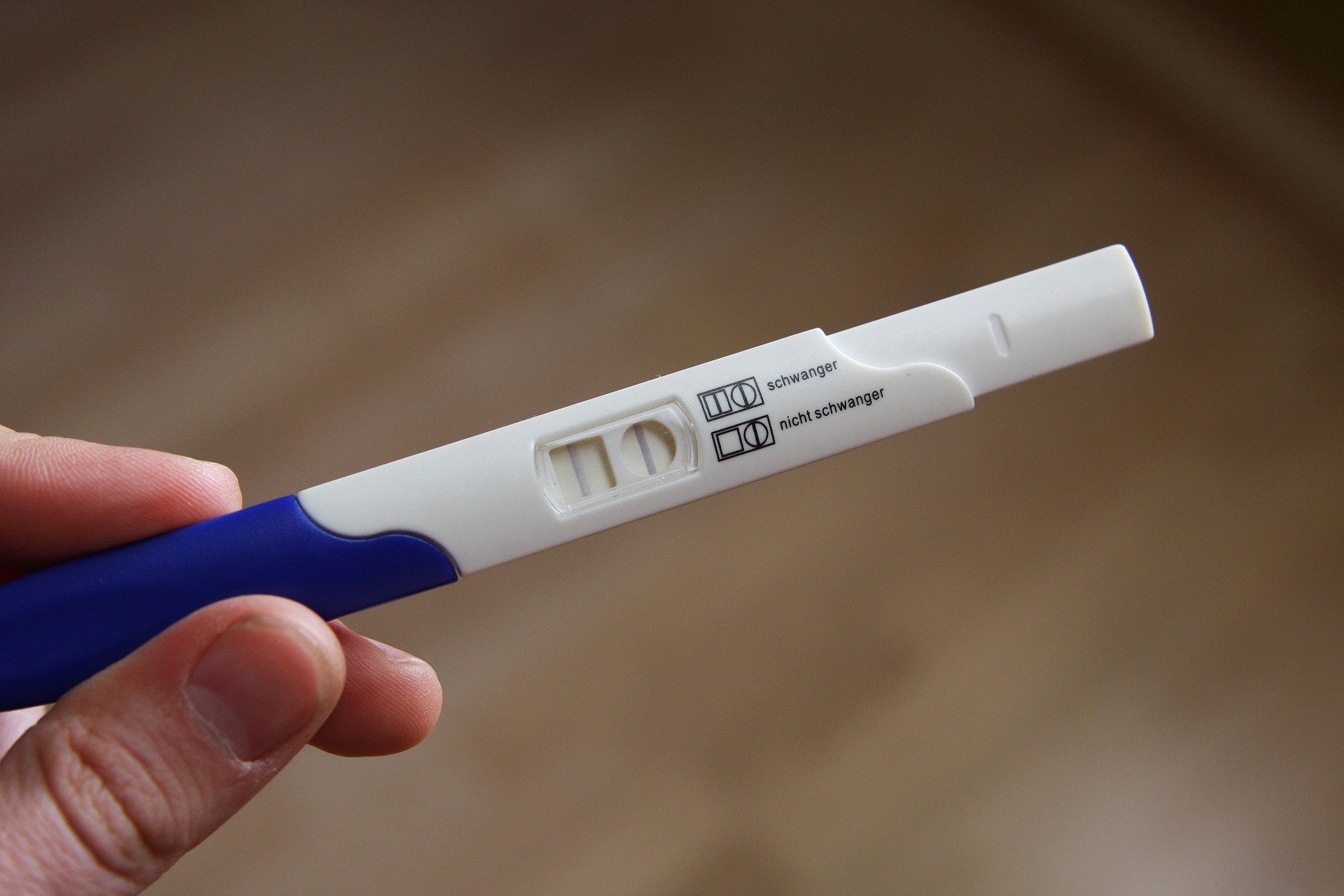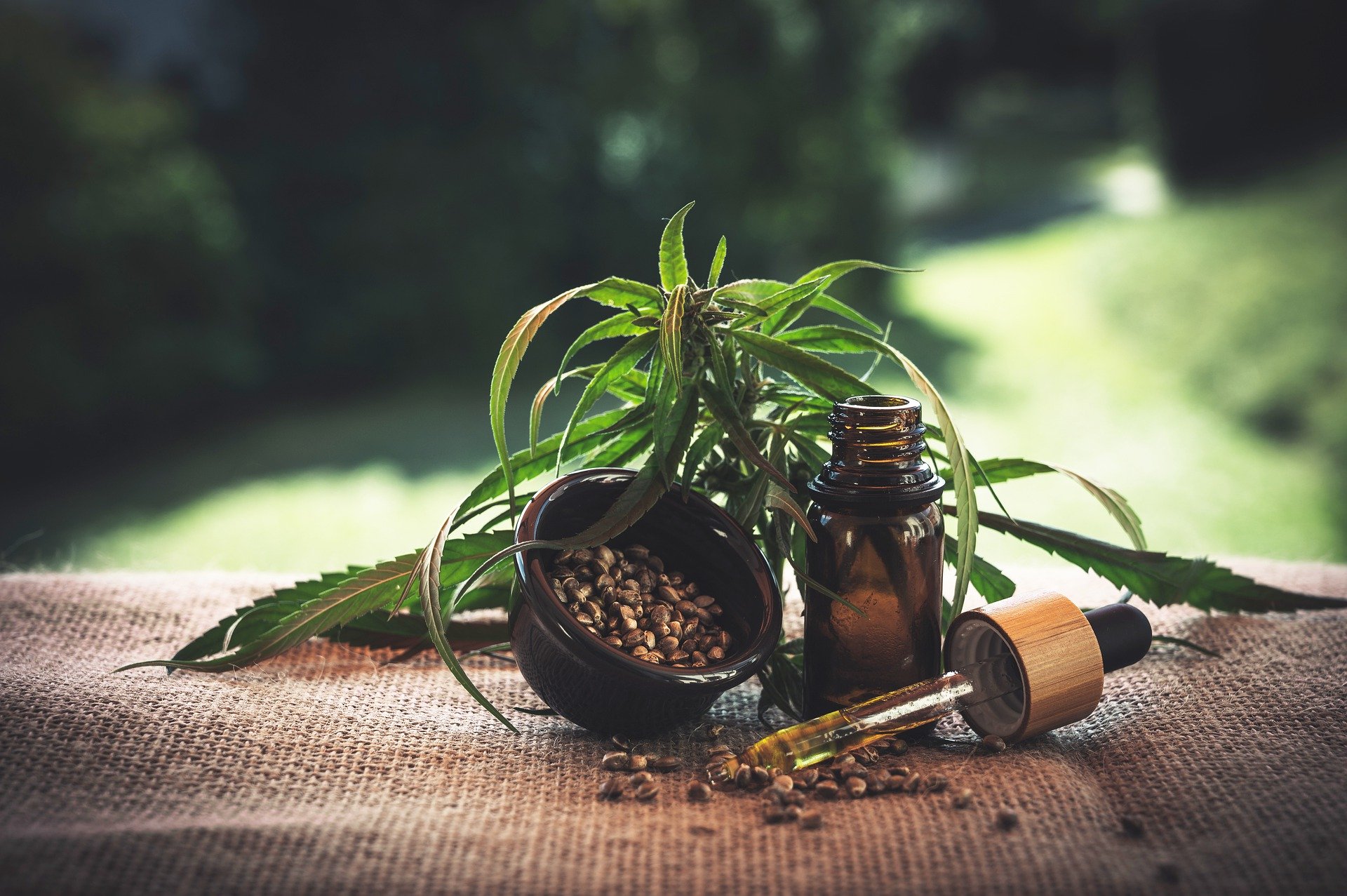
Your Menstrual Cycle and Fertility: The Link*
If you’re trying to get pregnant, then every piece of data, information and insight could be valuable. You are fertile for a surprisingly short time each month, and you need to know when that time is, what causes it and when it’ll happen next for you if you want to boost your chances of conceiving.
It’s all about the menstrual cycle – to say you are fertile for a short time once a month isn’t quite true: you are fertile for a span of days in each menstrual cycle. On average the cycle lasts 28 days, but anything for 21 days to 35 is considered normal for adults. Teenagers can have even longer cycles – 45 days is not unheard of!

When you’re asking ‘when am I fertile?’ you’re really asking, ‘when will I ovulate?’ or perhaps ‘when did I ovulate?’. If you can answer this question, then you can predict when you will be most fertile in the future, and boost your chances of getting pregnant – all by understanding your menstrual cycle.
The menstrual cycle begins at the same time as your period, with the ‘follicular phase’, when immature eggs are matured in small sacs called ‘follicles’. The length of your menstrual cycle, your state of health, your diet and other factors all affect how long your follicular phase is, but when one egg dominates, is fully mature and healthy, it’s expelled from the ovaries into the fallopian tubes. This egg can then be fertilised by sperm for the next twenty-four hours. After a day, the egg stops being viable: it can’t be fertilised and you can’t get pregnant.
That’s not the full extent of your fertility though: you need to add on the lifespan of sperm. Sperm survive five times as long as the egg, so you have five days from before you ovulate, when sperm can survive to meet the egg and fertilise it.
There are lots of different ways for you to learn when you will ovulate. BBT tracking involves taking your temperature every day and plotting the results on a graph. When you see a drop of one tenth of a degree, followed by a rise above normal of one tenth of a degree sustained for three days, that’s a sign of ovulation. OPKs test the hormones in your urine, looking for the surge of Luteinising Hormone that spurs on ovulation, and the Serum Progesterone Test tracks the levels of progesterone in your blood.
The important thing is to note, not the date you ovulate, but the number of days after your period. By counting forward from your period in subsequent cycles, you’ll be able to predict when you’ll ovulate and therefore when you will be fertile, giving you a better chance of conceiving successfully!




